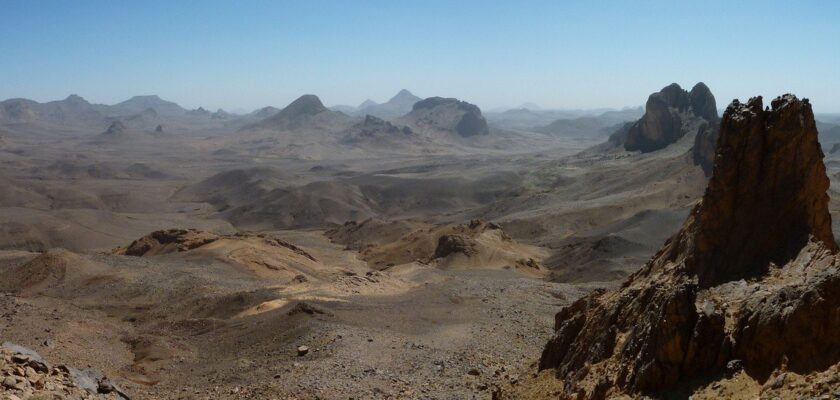Hoggar Mountains
Ahaggar is a highland located in southern Algeria, in the central Sahara, east of the city of Tamanrasset. The Ahaggar represents the basement of the Saharan Platform, which came to the surface 2 billion years ago. Young lava plateaus are also prominent within the highlands: the Tassilin-Adjer, Tassilin-Adrar, Tassilin-Anaheve, Tassilin-Atakor and Tassilin-Tahalra.”
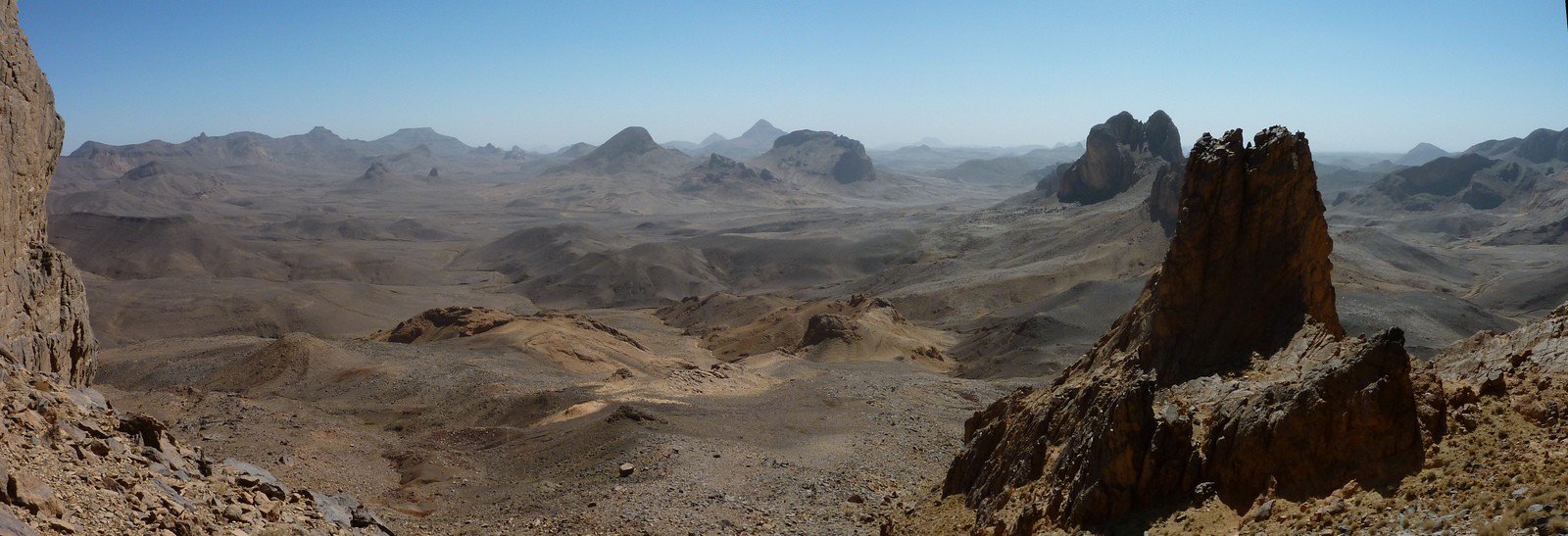
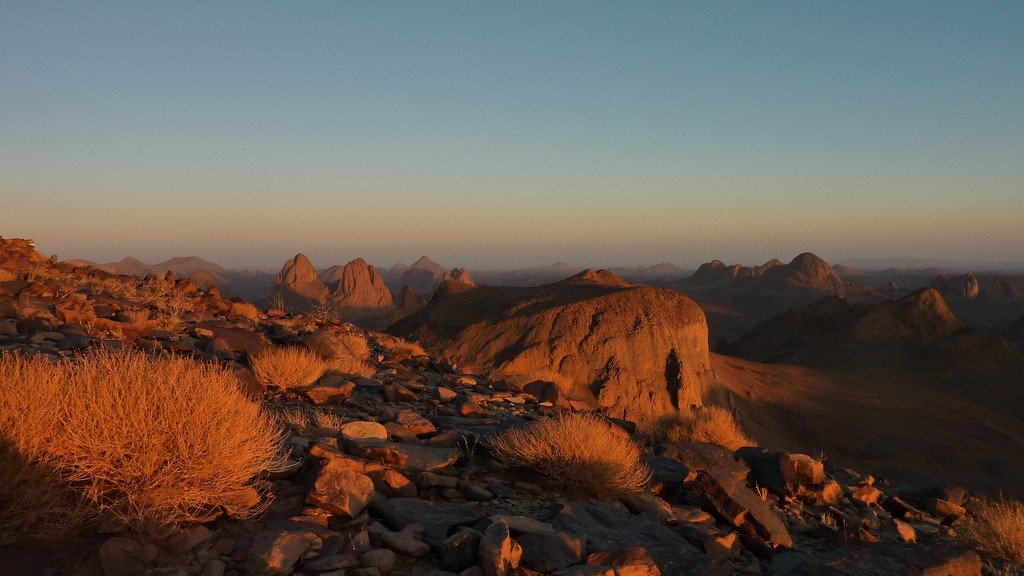
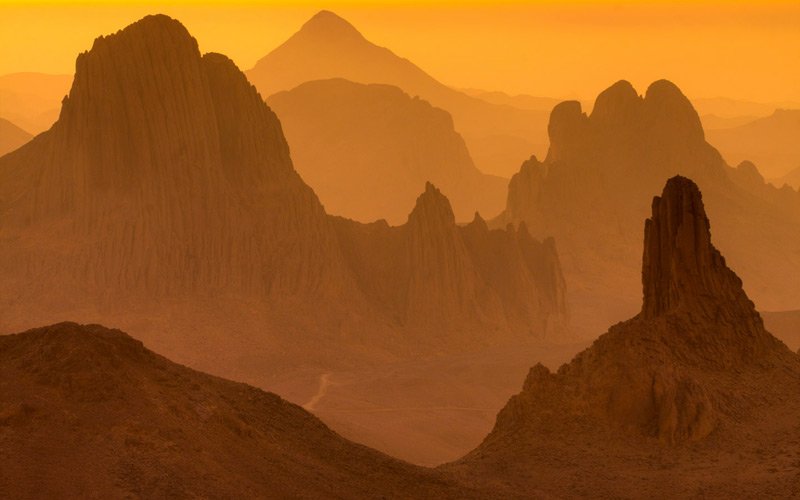
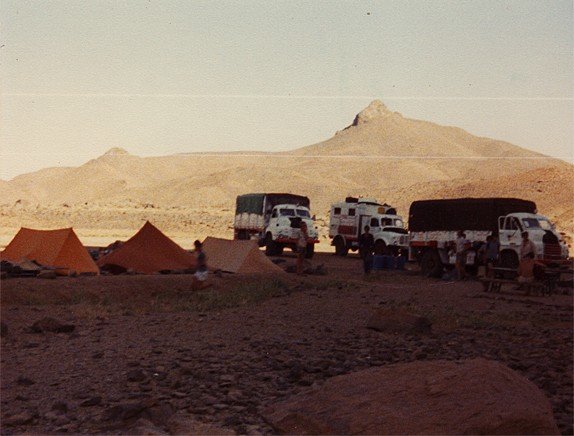
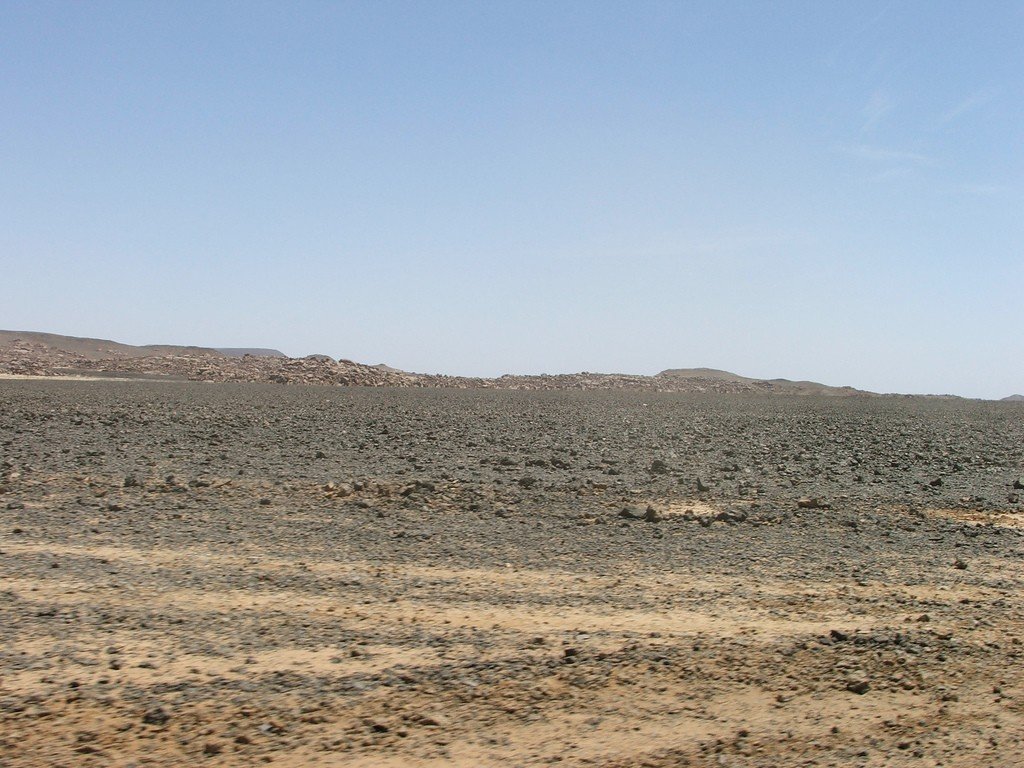
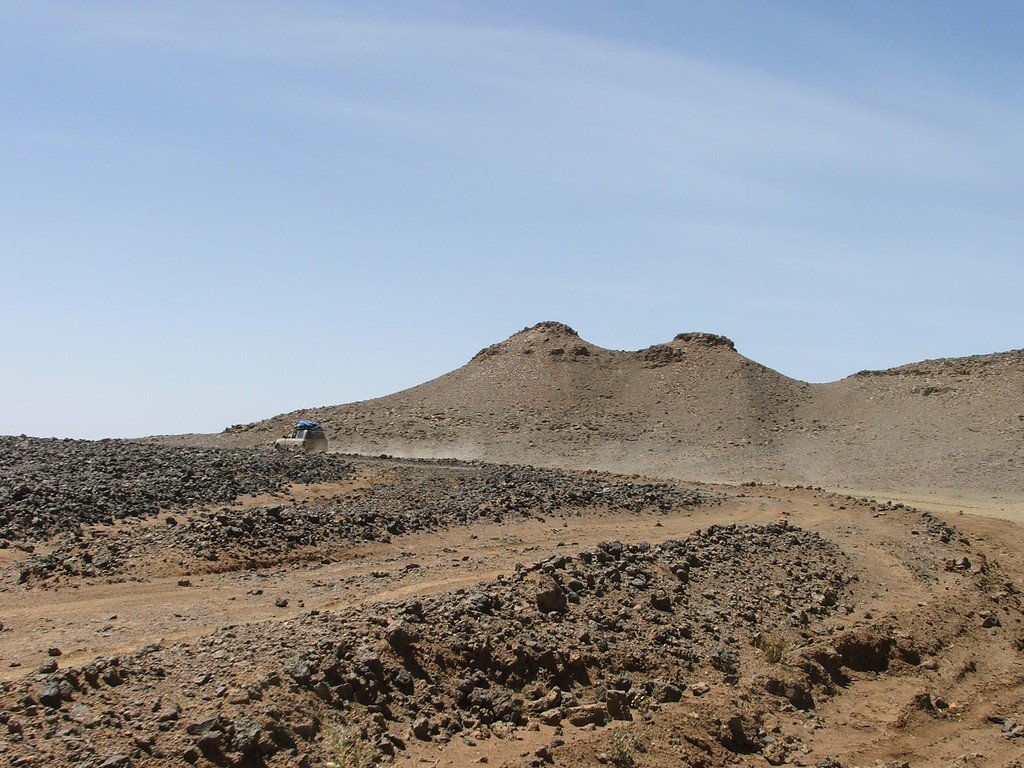
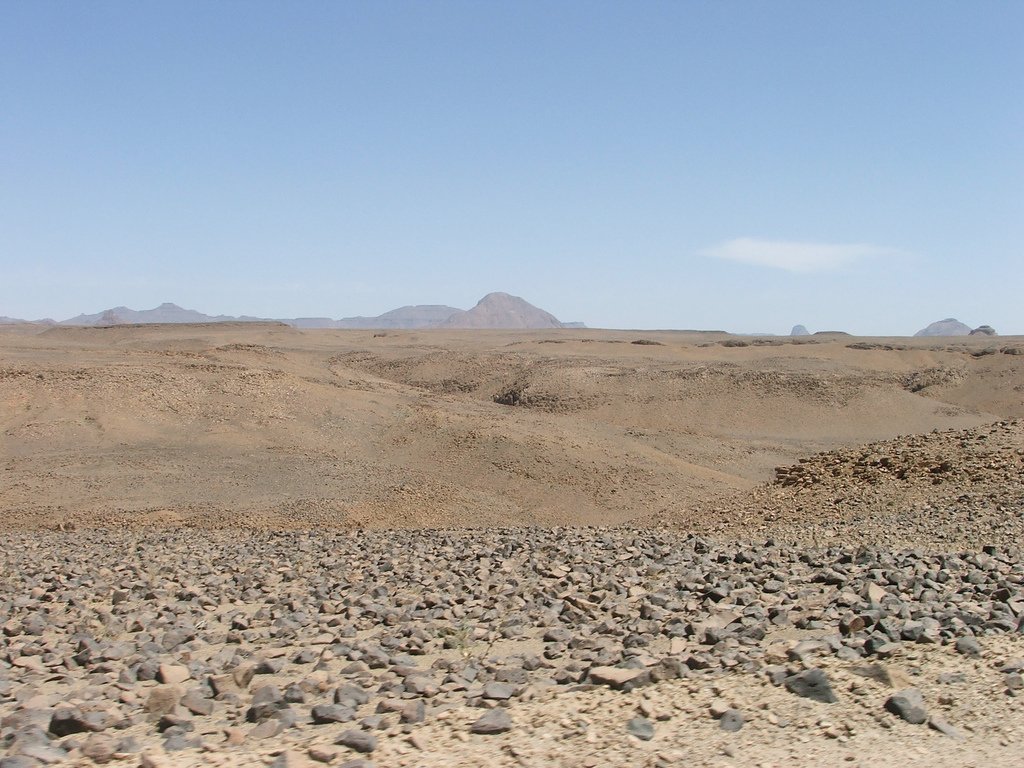
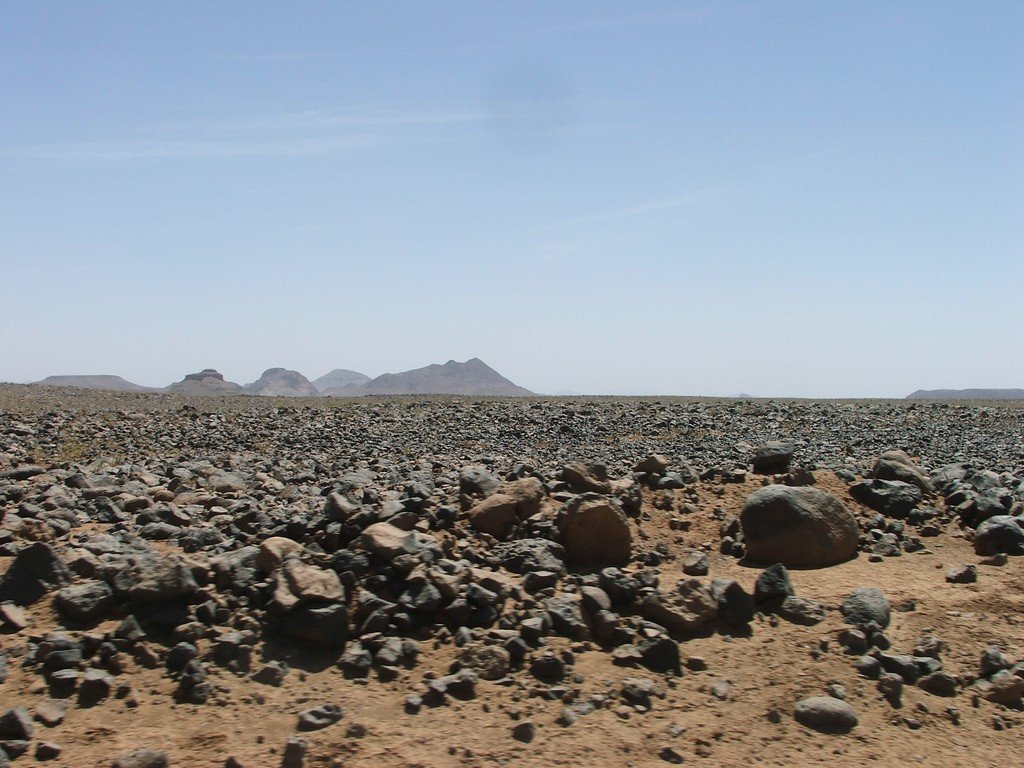
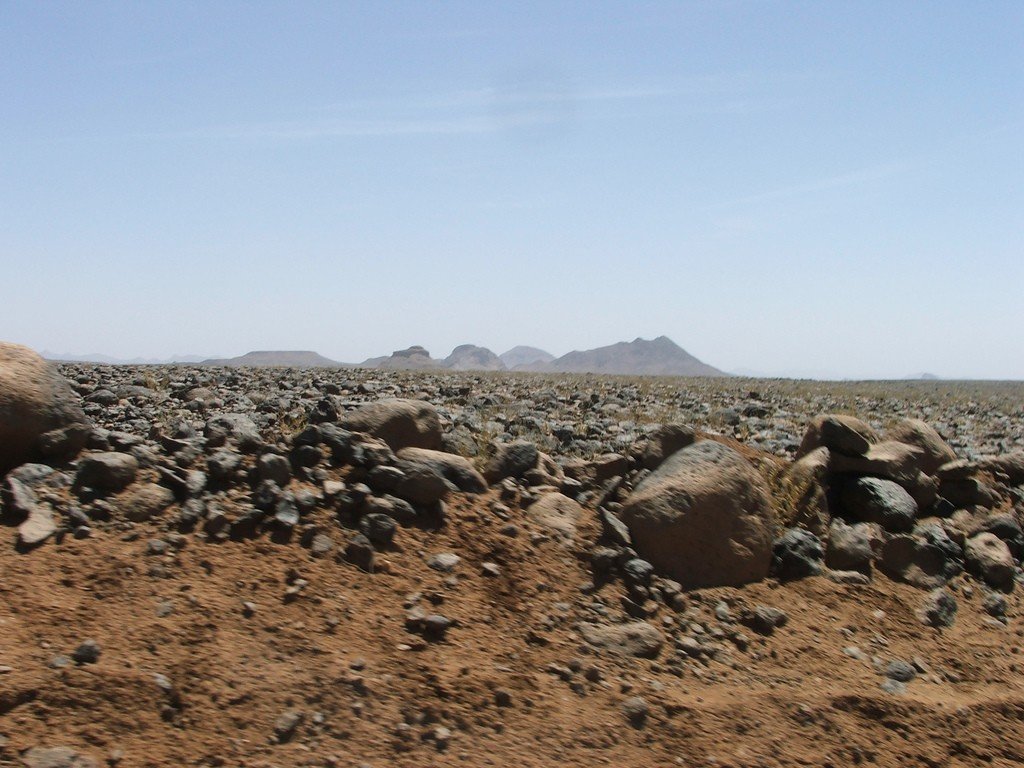
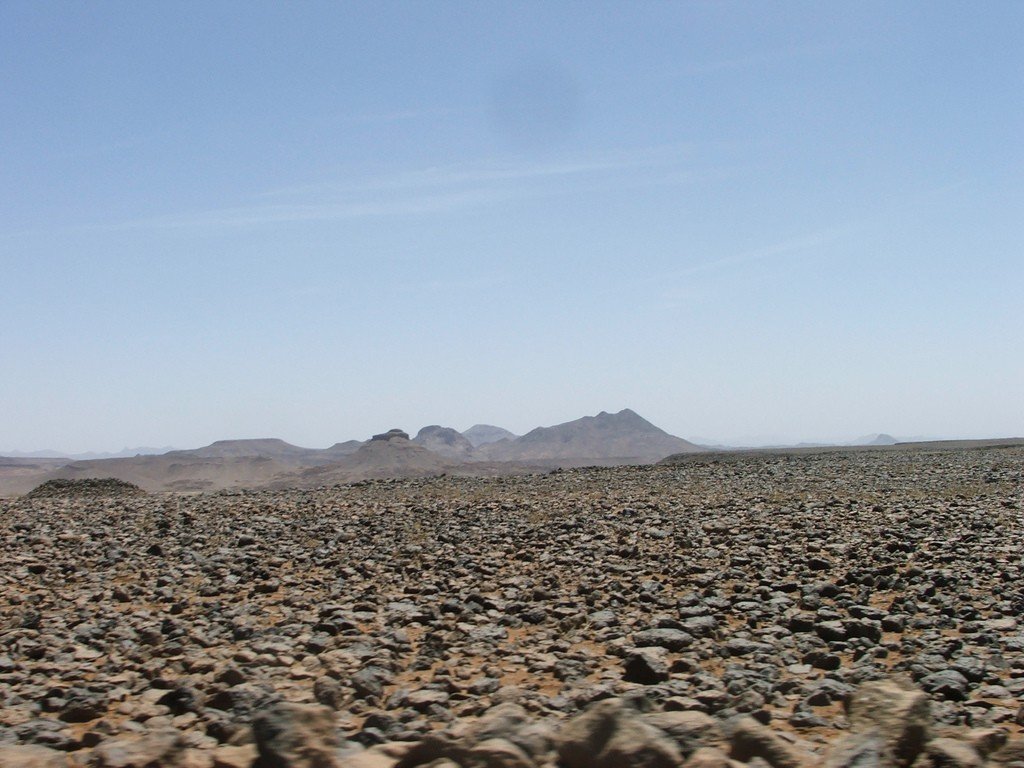
General information
The unusual cliffs of Ahaggar have always struck the imagination of people and given rise to mysterious legends. The indigenous inhabitants of the highlands, the Tuareg, believe in genies who, fighting each other to the last, petrified themselves into the shape of the rocks. A more humane version of the legend says that the remains are battle marks of giant creatures.
.
In fact, the clue to Ahaggar is that it is made up of volcanic rocks. At first, the highlands were elevated up to 2,000 meters and broken by deep fissures. Lava flowed into the fissures and volcanoes were formed. Desert winds then destroyed the volcanoes, leaving rocky remnants in the form of towers, obelisks and cones.
.The highest point of Ahaggar is Mount Takhat at 2,918 meters. Rock paintings from before our era have been found not far from it.
.Flora and fauna
The harsh, sharply continental climate with rare scanty rainfall has made Ahaggar a unique place. The plants and animals found here you will not find anywhere else in Algeria! They are collected in the Ahaggar National Park and are carefully protected.
The plant life is invaluable due to the relict Neogene flora and endemics. At Ahaggar you will see olives, cypress, mastic tree, acacia, dum palm, oleander, wormwood, date palm, thyme, ephedra.
The animal world of the reserve is also very diverse. Only mammals here are about 60 species! These are representatives of the subfamily of gerbils, gerbils, cape hare, Ethiopian hedgehog and others. You can also meet the bighorn sheep, gazelle-dorkas, cheetah, mouflon, saber-horned antelope, spotted hyena and common jackal. Birds of prey are represented by the African owl and siskin, desert crow and trumpet crow.
.Interesting facts
If you are lucky enough to travel through the highlands before sunset, you will witness amazing optical phenomena! The rays of the setting sun emphasize and illuminate the relief of the rocks, so they begin to resemble sculptures by an eccentric artist. they become even more sharply defined, and some basalt columns resemble sculptures created by an eccentric artist.
If the heart of the Sahara can be called Ahaggar, then the heart of Ahaggar is the oasis of Ain Sapah. This cozy corner of nature can be admired for hours. The graceful, colorful oasis is bordered by a jagged wall of pink rocks drowning in a light haze. At first, it appears out of nowhere and quickly looms over the cliffs. The majestic wall is barely visible, but this mysterious picture is mesmerizing. Suddenly, the haze disappears and you are faced with an amazing sight that could disappear any minute!
In the Tuareg language, Ahaggar means “noble.” They have learned to survive in specific conditions by storing rainwater in rocky recesses. The Tuareg of Ahaggar have created a distinctive culture, practicing Islam, but in their life reigns matriarchy – the inheritance of the Berbers. Travelers are struck by the fact that here girls choose their grooms at “fairs”, the word of the eldest woman in the family – the law, and if a girl from an early age is taught literacy, for boys it is not necessary at all.
.Tourists
Traveling around Ahaggar is best done by off-road vehicle. Tourists are usually encouraged to reach the 2,728 meter high Mount Assecrem. From here, one can fully enjoy the panorama of the rocks and sands of the Sahara and then visit the monastery.
.
Recommended sights to see include Tamanrasset, the cliffs around the Mertoutec Oasis, Mount Assecrem, Foucault Monastery, Uxem Crater, Rock Caves and Ahaggar National Park.
.